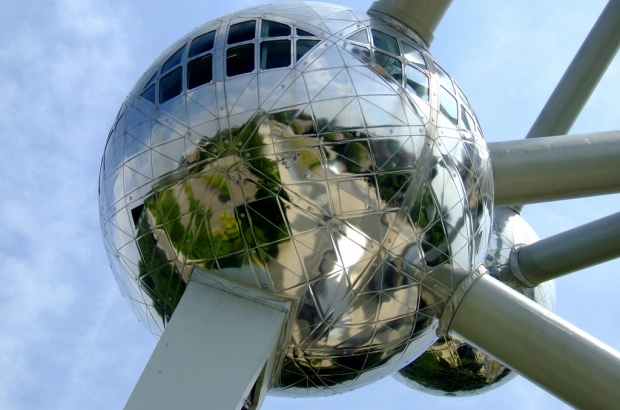- Daily & Weekly newsletters
- Buy & download The Bulletin
- Comment on our articles
Landmarks in Belgian History
A Young country’s key dates
With one of the shorter histories of European countries, Belgium managed to pack a lot in. Here are a few major dates that every newcomer should familiarize with.
1830-Belgium is born. After a brief revolution, costing about 1,000 lives, the Belgian nation arises. On 25 August, citizens protest King William of the Netherlands by rushing the streets in Brussels. Four days of street fights ensue, and eventually a new government drafts a constitution that is considered progressive in Europe.
1831 – Kinged! Leopold of Saxe-Coburg, uncle of Queen Victoria, is named King on 21 July, marking the date of what becomes a Belgian national holiday.
1835 – Industrialised. Belgian emerges as one of Europe’s first industrial nations by building a railway line between Brussels and Mechelen. This is the first railroad on continental Europe.
1865 – Succession. Leopold II takes over the throne from his father, Leopold I. In 1885, he personally acquires Congo as a colony, providing himself with vast wealth.
1908 – Colonised. King Leopold II is forced to give the colony of Congo to the country of Belgium. The colony is about eighty times the size of Belgium itself, offering enormous land resources.
1909 - New King. After his death, Leopold II is succeeded by his nephew, Albert I.
1914 – Under Attack. As World War I commences, the German army invades Belgium. Under Albert I, the country takes a historic stand. Heavy battles are fought in West Flanders, around the town of Ypres(Ieper) and Diksmuide.
1934 – Succession.Leopold II takes over as reigning king after King Albert I dies in a climbing accident.
1940 – World War II. On 10 May, Germany invades Belgium for the second time. After 18 days of fighting, Leopold III surrenders and remains in Belgium as a prisoner of Germany.
1944 – Liberation. The Allies liberate Belgium in September, but it’s only three months until the Germans make their final attack. In December, they attack Ardennes. American forces halt the German army and begin what is known as the Battle of the Bulge. Charles, Leopold III’s brother, is appointed regent, after Leopold becomes unpopular with the people.
1950 – New King. Leopold II abdicates his throne, after 43 percent of the Belgians vote against him in a referendum. His son, Baudoin takes the throne.
1957 – The Treaty of Rome. Belgium is one of the six countries to sign the Treaty of Rome, and thus begin over 50 years of European integration.
1958 – The World’s Fair. Brussels plays host to the World’s Fair, attracting 50 million visitors. The Atomium (pictured), one of Brussels’ most famous buildings, was built for the occasion. This same year, Brussels becomes the headquarters for the European Economic Community.
1960 – Congo’s Independence. Heavy turmoil forces many Belgians back home after Congo is granted independence.
1962 – Official Language. Brussels is declared a bilingual city, while the rest of the country is legally split into a Dutch-speaking north, and a French-speaking south.
1967 – NATO. Brussels becomes the official headquarters of NATO.
1993 – New King. King Baudouin dies on holiday in Spain. Because he is childless, his brother, Albert, succeeds him. Next in line is Albert’s oldest son, Prince Philippe.
2002 – The EU. Brussels becomes the official capital of the European Union (EU) under the Treaty of Nice.
2005 – Anniversary. Belgium celebrates 175 years of independence.









